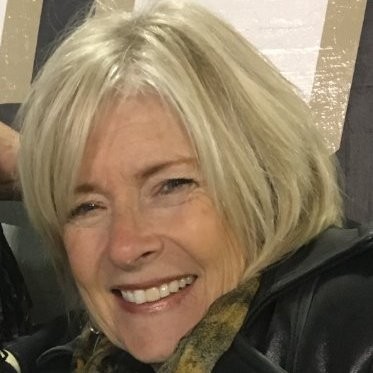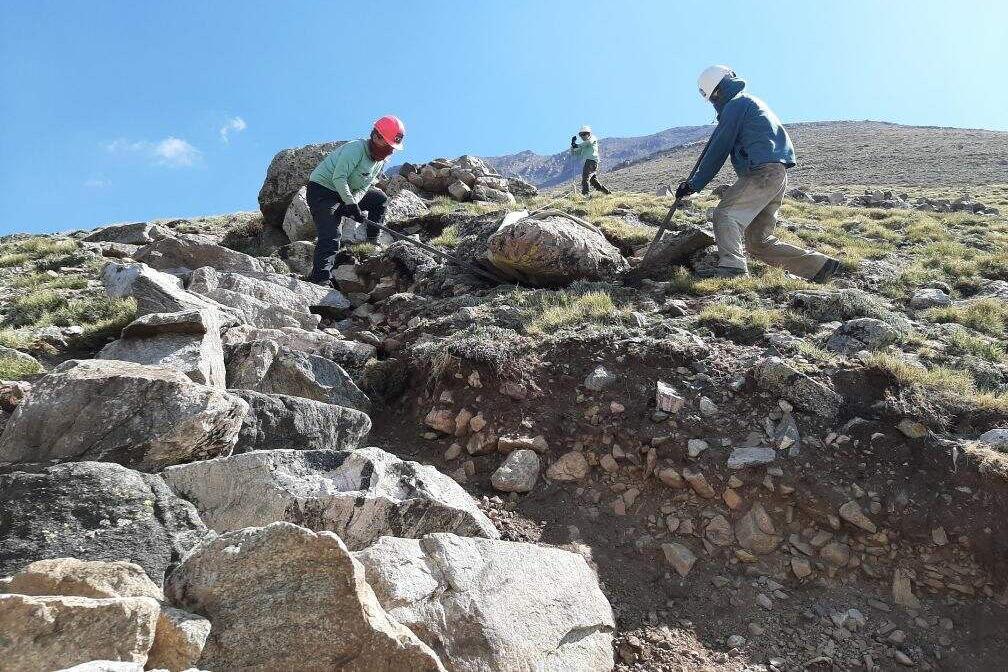
Public lands and conservation just got a huge influx of federal dollars granted by the Great American Outdoors Act. The freshly signed bill will permanently fill the coffers of the historically underfunded Land and Water Conservation Fund and authorize another $1.9 billion a year to be spent on improvements at National Parks, forests, wildlife refuges and rangelands.
President Donald Trump, flanked by Republican Sens. Cory Gardner of Colorado and Steve Daines of Montana — who both face tough re-election races in November — signed the legislation at the White House on Tuesday.
The GAOA devotes nearly $3 billion annually to conservation projects, outdoor recreation and maintenance of national parks and other public lands.
Supporters call it the most significant conservation legislation in nearly half a century and officials promised that an additional 100,000 direct and indirect jobs will come from the act. Opponents say the spending is not enough to erase an estimated $20 billion maintenance backlog.
The bill has been celebrated as a bipartisan measure even though many politicians have been working on it for years. It was approved by the Senate in a 73-25 vote in June and passed the House by a 310-107 margin in July.
Great Outdoors Colorado executive director Chris Castilian said supporters are “not naive about the politics behind this, but this is a landmark piece of legislation. Some are comparing it to the creation of the National Park System.”
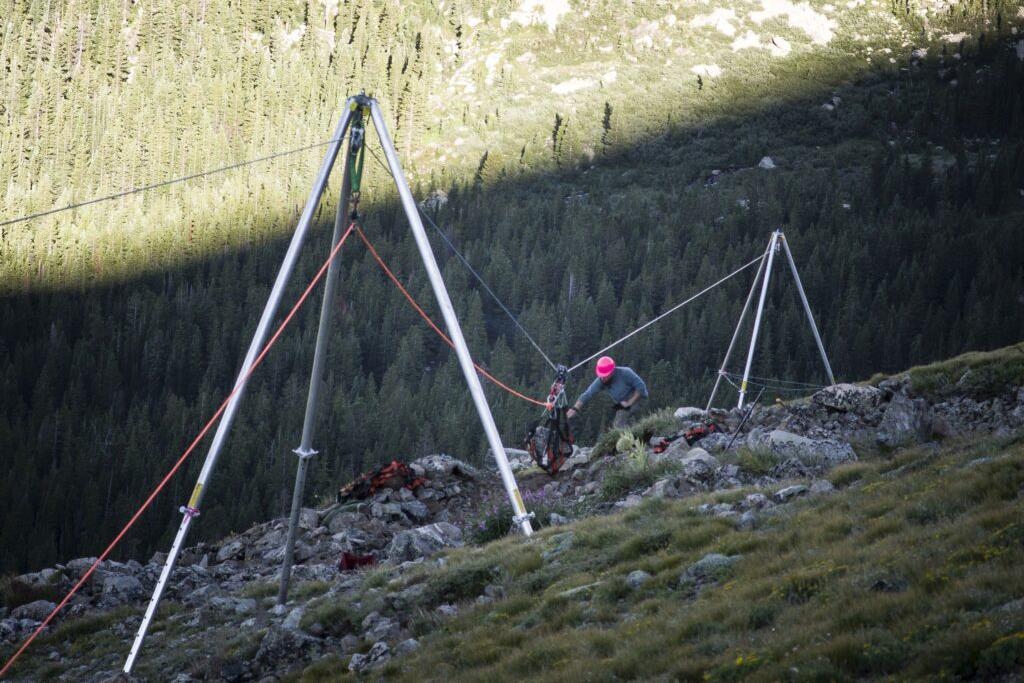
Money from the GAOA comes entirely from royalties or fees paid by oil and gas companies from offshore drilling, a move which has prompted critics to say that the law is “greenwashing.”
Still, Jim Petterson, the state director for The Trust For Public Land, called it a historic moment that should be recognized.
“We should pause and celebrate this,” he said. “It’s huge for the outdoors, right? So, I think we have to take the big picture in mind that we are extracting these resources and we should do some good with those dollars. And that's what this legislation does.”
Lawmakers didn’t agree on everything. Colorado’s other senator, Democrat Michael Bennet, who co-sponsored the legislation, pushed to include his public lands protection bill, called the Colorado Outdoor Recreation and Economy Act, as an amendment. CORE would have provided protection for 400,000 acres in Colorado, establishing new wilderness areas for the state, but Gardner didn’t agree and the idea was shelved.
The latest move for the CORE Act was to attach it to the House version of the defense authorization in a bid to improve its Senate chances.
Petterson is “hopeful that Sen. Gardner and the other members of the congressional delegation will work with Sen. Bennett to get it passed soon.”
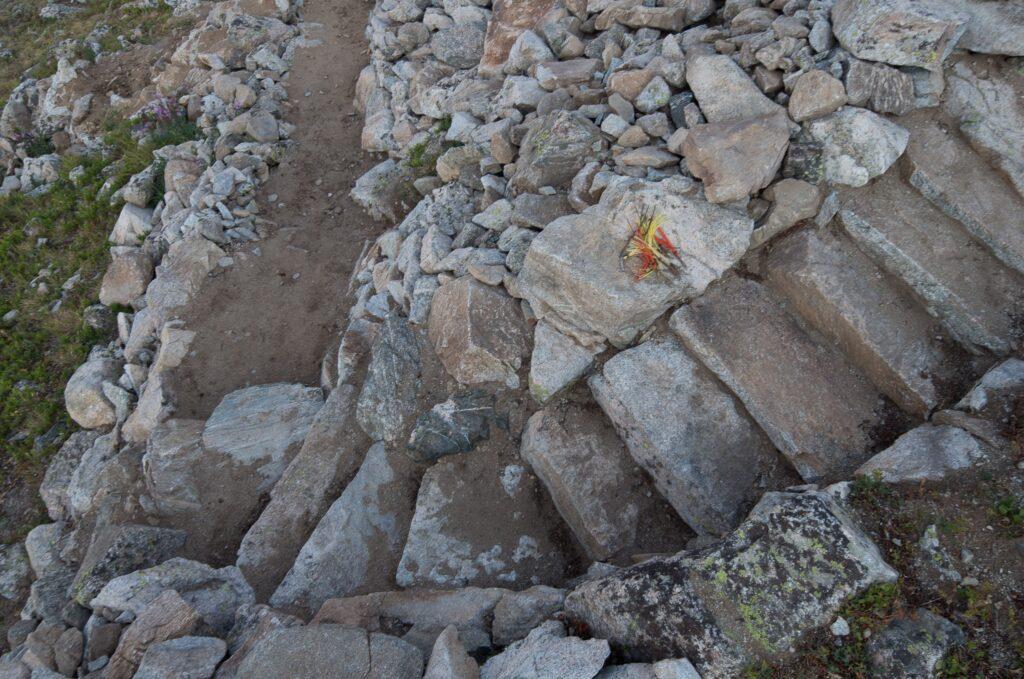
An interactive online map created by The Trust For Public Land shows places across the nation that could be permanently protected now that the LWCF has full, permanent funding. Some of the Colorado projects include Panorama Park in Colorado Springs, Rocky Mountain National Park and The Continental Divide National Scenic Trail.
National Parks workers who have kept their eyes on the law as it made its way through Congress say they haven’t heard about a timetable to receive the money.
Ben Hanus, a field supervisor with the Colorado Fourteeners Initiative, hopes his organization will see some of the funds. Currently, Hanus is overseeing a major project on Mount Columbia just below the summit ridge.
“Columbia is one of our most technical projects to date,” explained Hanus. “Our crew is working on a very steep cross slope. Anybody who's up there in the past will recall how steep that slope is that ascends to the Ridge. This new trail requires significant stabilization.”
He hopes that any funds they receive can be turned toward more trail workers and maintenance equipment. After all, there are 58 fourteeners in Colorado and many still have “these old routes that went basically straight up the mountain that have not received any maintenance over the years.”
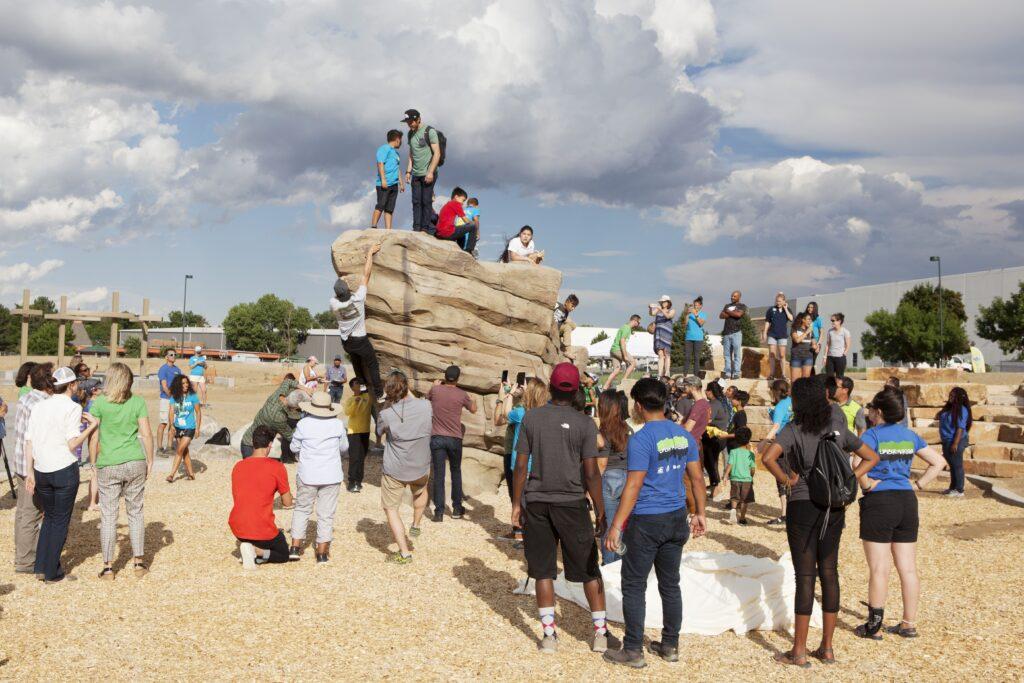
The Great American Outdoors Act reaches beyond Colorado’s mountainscape. Petterson said it will help fund urban projects as well, including one brand new park in Denver’s Montbello neighborhood with an 11-foot high climbing boulder that local kids helped design.
“We bought a 5.5-acre vacant lot located straight down Peoria Street from the Rocky Mountain Arsenal National Wildlife Refuge,” he said.
The Montbello Open Space Park project provides an entry point for local kids and families to experience nature close to home, and prepare them for other public land experiences further afield.
“Our organization has a national vision that every person in the country would have a park within a 10-minute walk of home,” Petterson said. “About a million people here in Colorado don't have close-to-home access and we want to change that.”
The Associated Press contributed to this report
